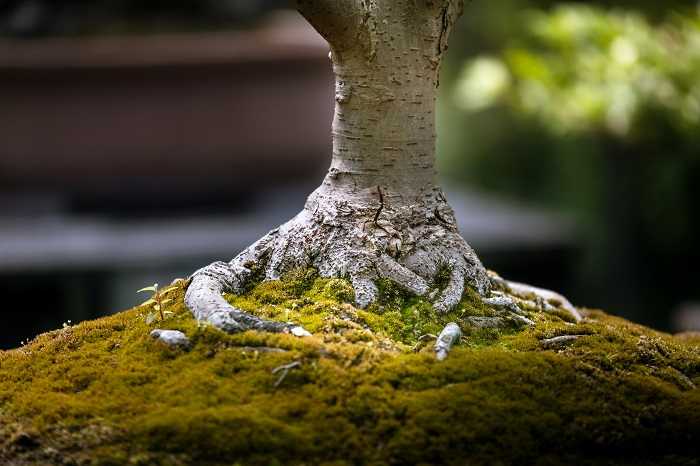
Ficus bonsai plants are quite resistant to pests and diseases, however – just like all other plants – they can be attacked by insects and various diseases .
For example, lack of humidity and light weakens the plant and – in many cases – leads to the gradual loss of leaves. In these cases, ficus bonsai trees are often attacked by mites.
To solve the problem immediately, it is advisable to treat affected specimens with a spray acaricide , spraying them on the plant according to the instructions on the package . However, the way to permanently solve the problem – and therefore prevent it from recurring – is to treat the underlying problem: it is possible to increase the intensity and hours of light by using specific lamps (which should remain on for about 12-14 hours). This should also be combined with frequent misting , preferably with a small automatic system programmed to mist water a couple of times a day, in order to ensure optimal humidity levels.
Now that we've delved into the general knowledge of standard bonsai, it's important to know that some species can live happily in water (for example, pines and maples). By following a few simple but crucial tips, they can thrive in a home environment. These are aquatic bonsai (also known as "aqua bonsai"), which represent one of the new trends in recent years in the cultivation of these miniature plants . Growing a bonsai in water isn't much different from the hydroponic cultivation techniques used for other plant species : it uses a solution of water and nutrient solutions, without the use of soil.
0 commenti :
Post a Comment